U.S. representatives charged with restarting peace talks between Israel and the Palestinian Authority and achieving the “ultimate deal” struck a remarkably upbeat note following their trip to the Middle East last week.
Why they were so optimistic is most puzzling.
Israel and the PA broke off bilateral negotiations three and half years ago after nine months of inconclusive discussions, and there has been no diplomatic movement ever since. Indeed, both sides have hardened their respective positions, and the prospects for a peaceful resolution of their seemingly intractable dispute have never been dimmer.
Israel has been expanding settlements in the West Bank and building new housing units in East Jerusalem, creating facts on the ground, while the Palestinians have launched an international campaign at the United Nations for recognition. In the meantime, there have been periodic outbursts of Palestinian terrorism, a phenomenon that only hardens Israeli public opinion.
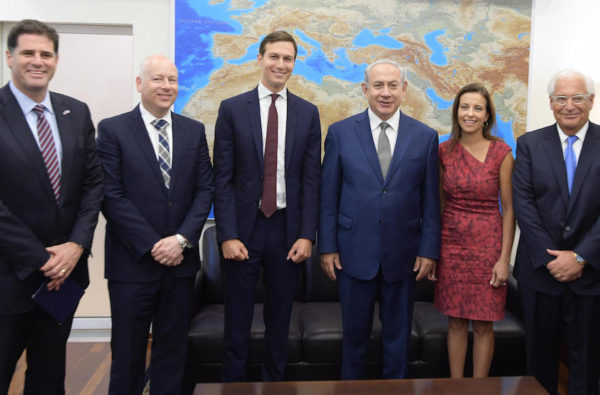
The American team that visited the region in pursuit of peace consisted of three top-level officials — Jared Kushner, President Donald Trump’s son-in-law and senior advisor; Jason Greenblatt, the president’s emissary for international negotiations, and Dina Powell, a deputy national security advisor.
They visited Saudi Arabia, Egypt, the United Arab Emirates, Qatar, Israel and the West Bank.
“We have been sent from Washington to talk about a very important topic — the peaceful relations between the countries of the whole region,” said Kushner, who last visited the area three months ago.
Echoing Trump’s apparent belief that an “opportunity” has arisen to advance peace in the wake of the recent crisis on the Temple Mount, Kushner declared, “President Trump is very optimistic and hopes for a better future for the Palestinian people and the Israeli people.”
Sounding the same theme following his visit to Arab capitals, Greenblatt said, “We were encouraged by the sense of optimism. They believe that the president is serious about this. They believe the president can pull this off.”
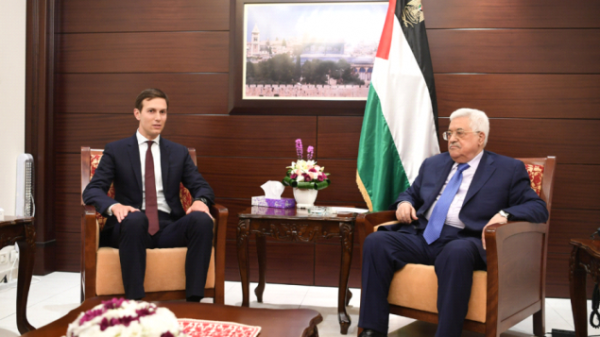
In line with Kushner’s and Greenblatt’s rosy appraisal and in a bid to appear cooperative, Israeli Prime Minister Benjamin Netanyahu and PA President Mahmoud Abbas both issued sanguine statements.
Netanyahu said he thinks peace with the Palestinians is “within our reach.”
Abbas said, “We know this delegation is working for peace, and we are working with it to achieve what President Trump has called a peace deal. We know that things are difficult and complicated, but there is nothing impossible with good efforts.”
But only days before the arrival of the American emissaries, Abbas appeared pessimistic. In a meeting at his Ramallah headquarters with members of Israel’s left-of-center Meretz Party, he complained he was still unclear about Trump’s strategy after more than 20 meetings with U.S. officials. “I don’t even know how they are dealing with us, because (Trump’s) administration is in chaos,” he said.
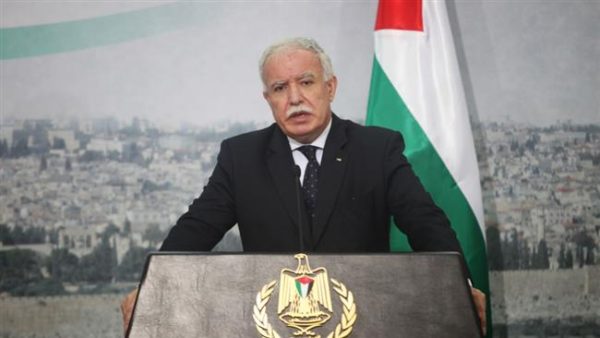
The PA’s foreign minister, Riyad al-Maliki, expressed pessimism as well. “We convinced the international community that the best way to reach (Palestinian statehood) is through negotiations. But after 24 years of negotiations, we have not gotten anything,” he noted in a reference to the Oslo peace process and subsequent attempts to forge a lasting settlement.
Ahmed Majdalani, a senior member of the Palestine Liberation Organization, which is headed by Abbas, said the PA is still trying to ascertain the Trump administration’s position on a two-state solution.
Palestinian statehood has been explicitly supported by the United States since the administration of President George W. Bush. But last February, during Netanyahu’s visit to Washington, D.C., Trump broke with his predecessors. In a cryptic comment which generated debate and was greatly at odds with U.S. policy, Trump said, “I’m looking at two-state and one-state, and I like the one that both parties like.”
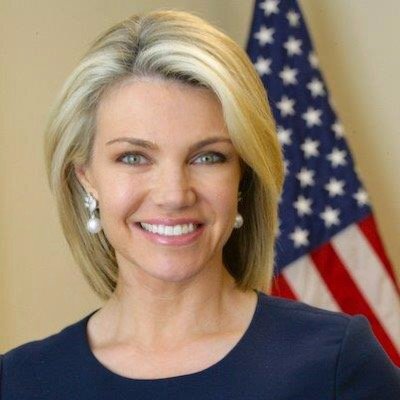
While the U.S. delegation was still in the Middle East, the Trump administration muddied the waters yet again when State Department spokeswoman Heather Nauert was asked to clarify Trump’s position. “We are not going to state what the outcome has to be,” she said, tacitly referring to Palestinian statehood. “It has to be workable to both sides. That’s the best view as to not really bias one side over the other, to make sure they can work through it.”
Abbas, who endorses a two-state solution on the basis of Israel’s withdrawal to the pre-1967 borders, was doubtless disappointed by Nauert’s remarks.
For the past eight years, Netanyahu has officially backed the formation of a demilitarized Palestinian state pending the PA’s recognition of Israel as a Jewish state. Since then, he has wavered, casting doubt on his sincerity.
The majority of his cabinet ministers categorically reject a two-state solution. Some ministers have gone as far as to call for Israel’s annexation of Area C, which comprises about 60 percent of the West Bank.
The current round of American diplomacy will likely fail unless a two-state solution is on the table. But it’s far from clear whether the Trump administration actually favors this option, or whether a settlement is even possible, given the immense differences between Israel and the PA on a whole host of important issues.
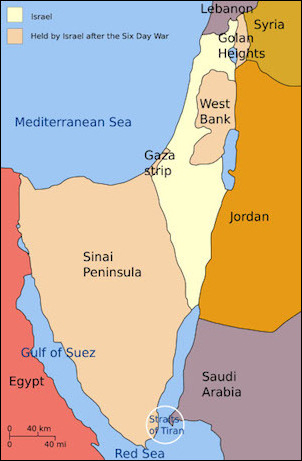
Successive U.S. administrations since the 1980s have tried, but failed, to defuse the Arab-Israeli conflict. It’s very conceivable that this American president will fall short, too.
Recently, in a speech leaked to the press, Kushner told congressional interns in Washington, D.C. that the attainment of peace may be well beyond the capacity of the United States. “We’re trying to work with the parties very quietly to see if there’s a solution,” he said. “And there may be no solution …”
This could very well be true.
